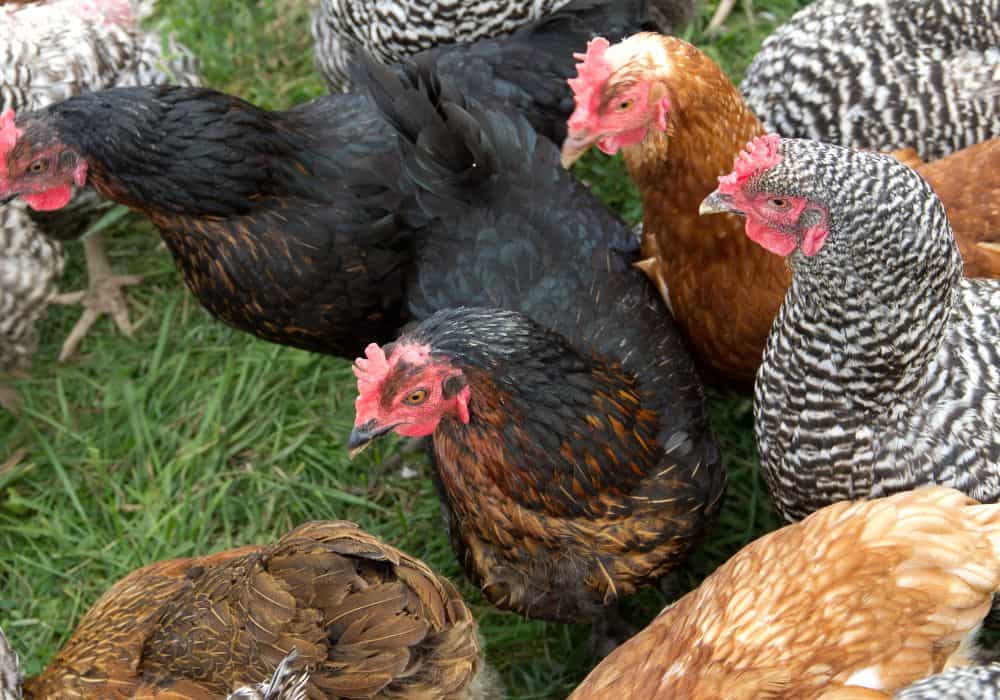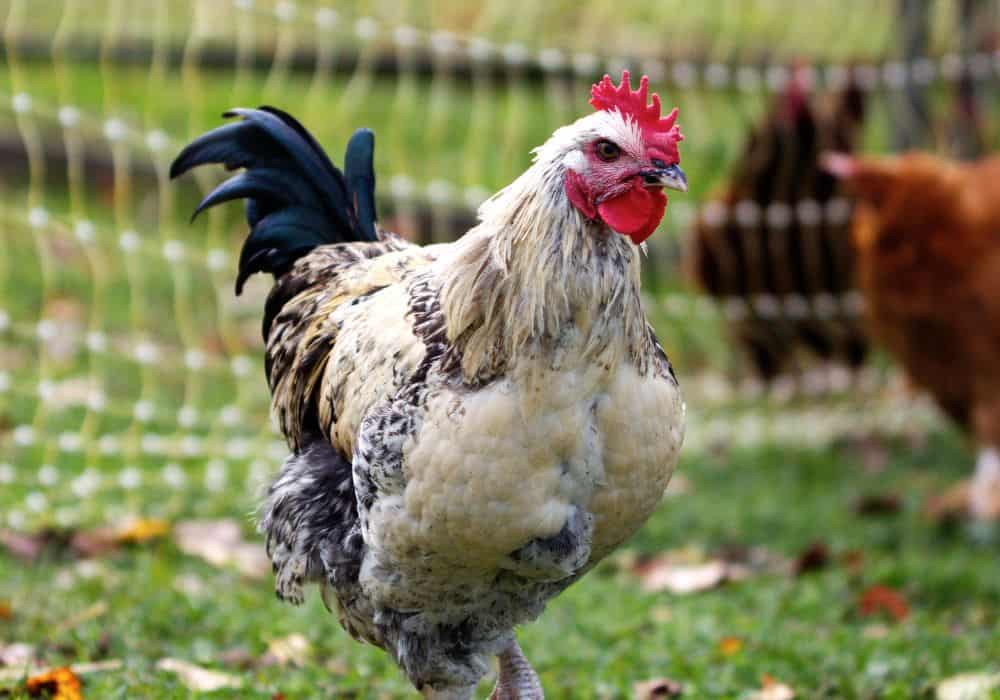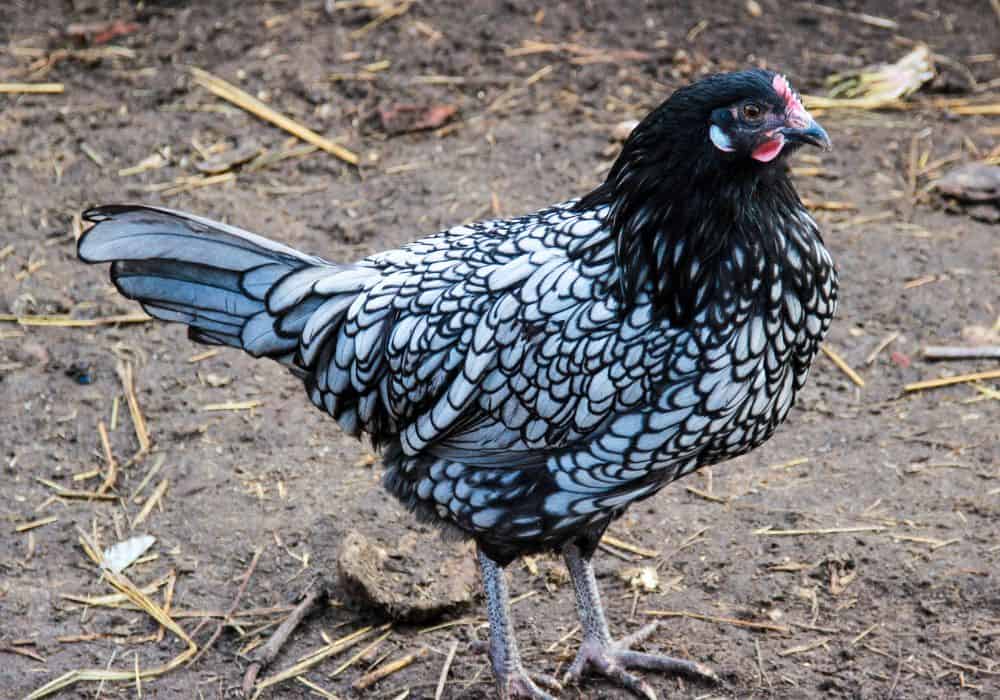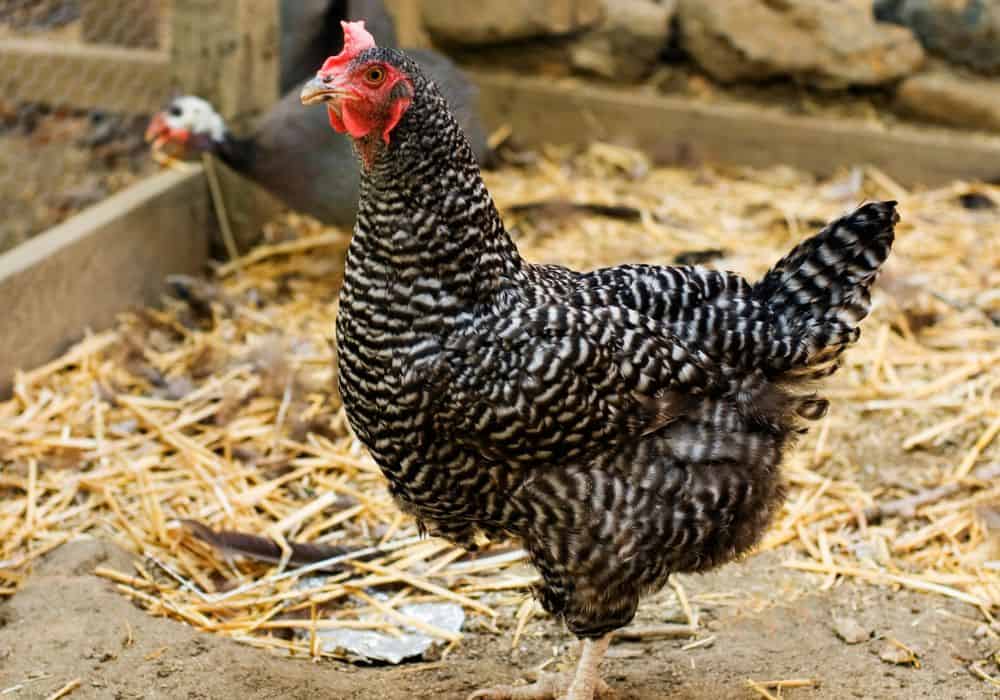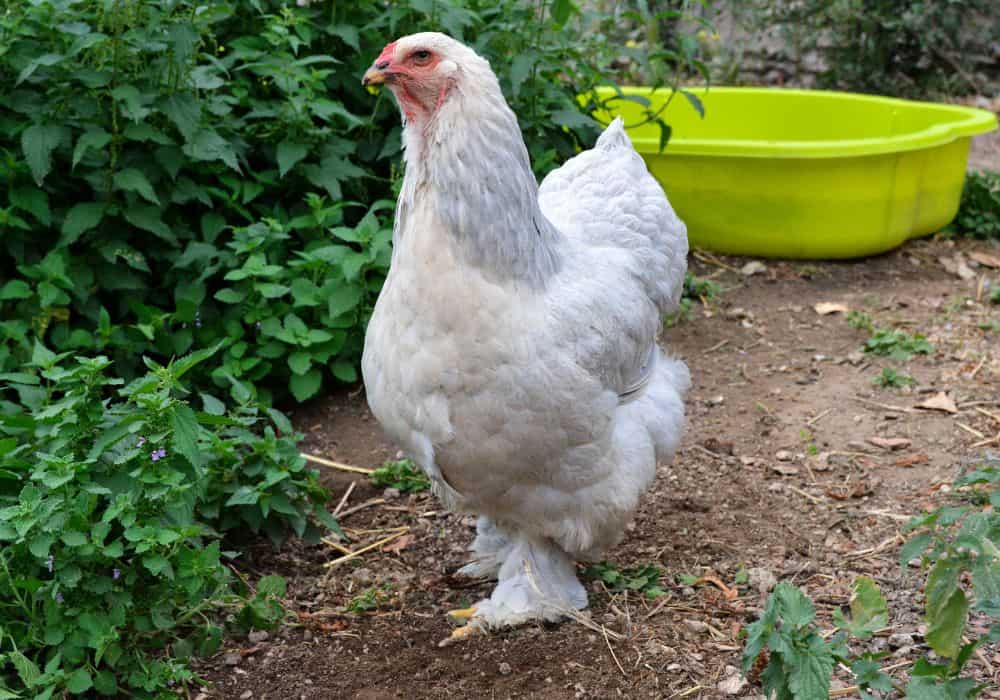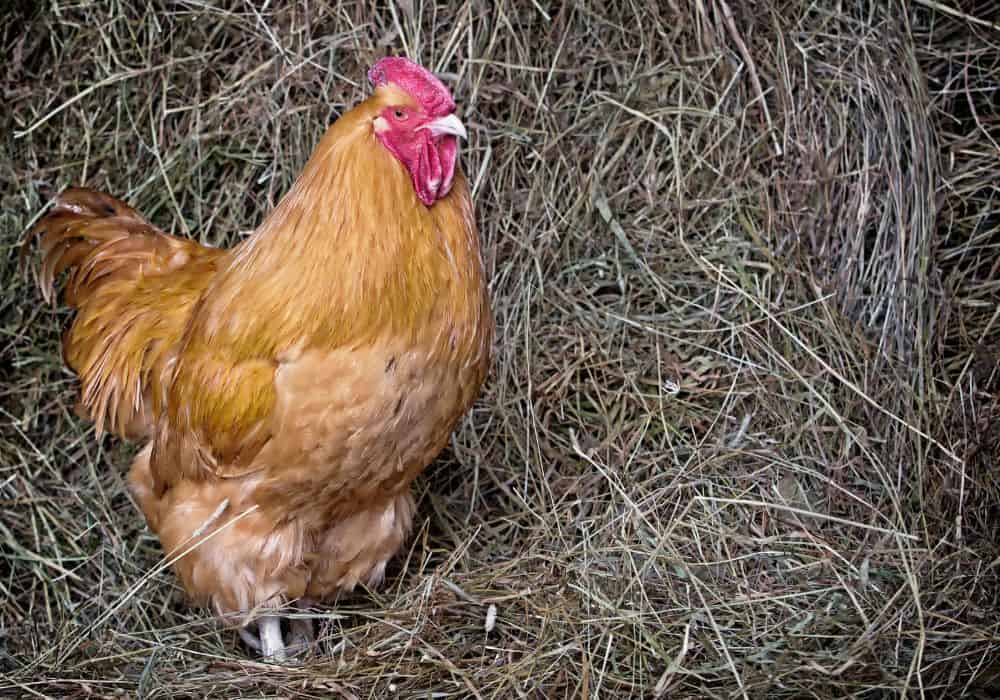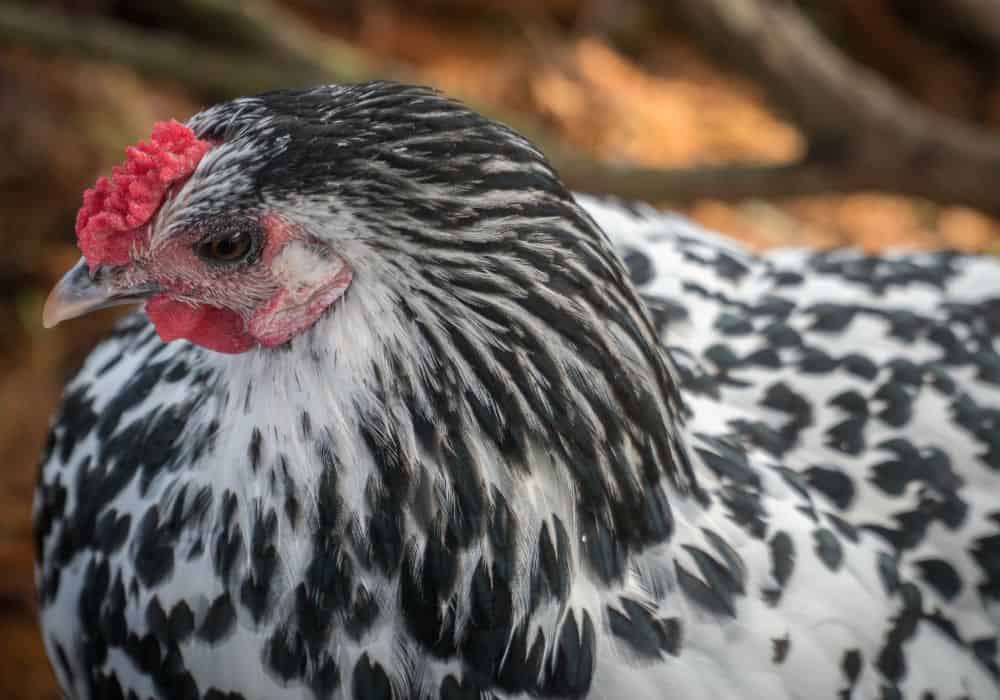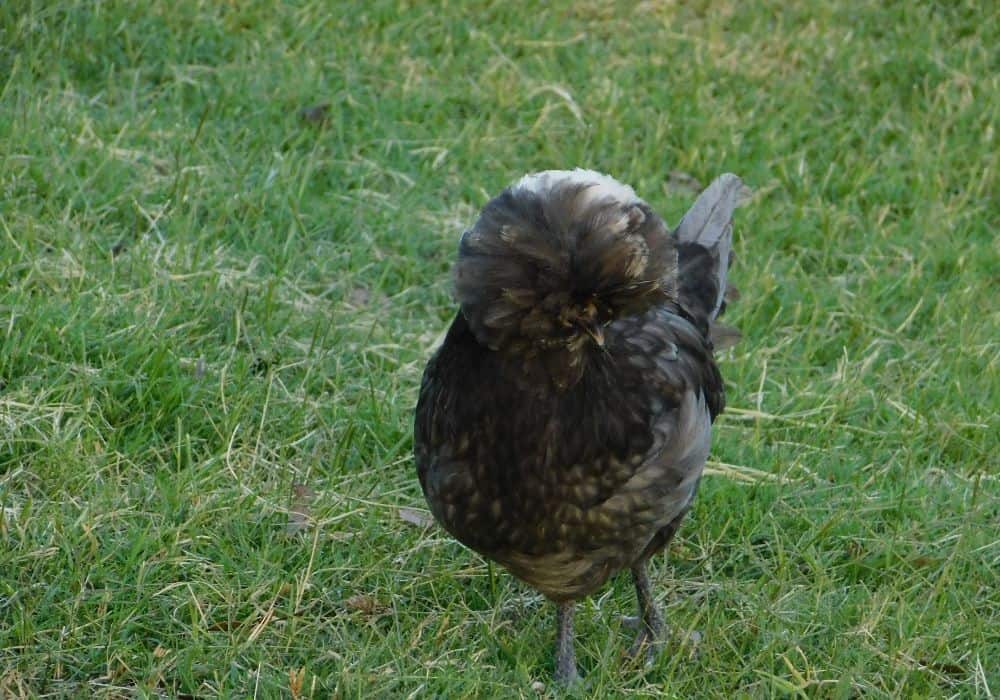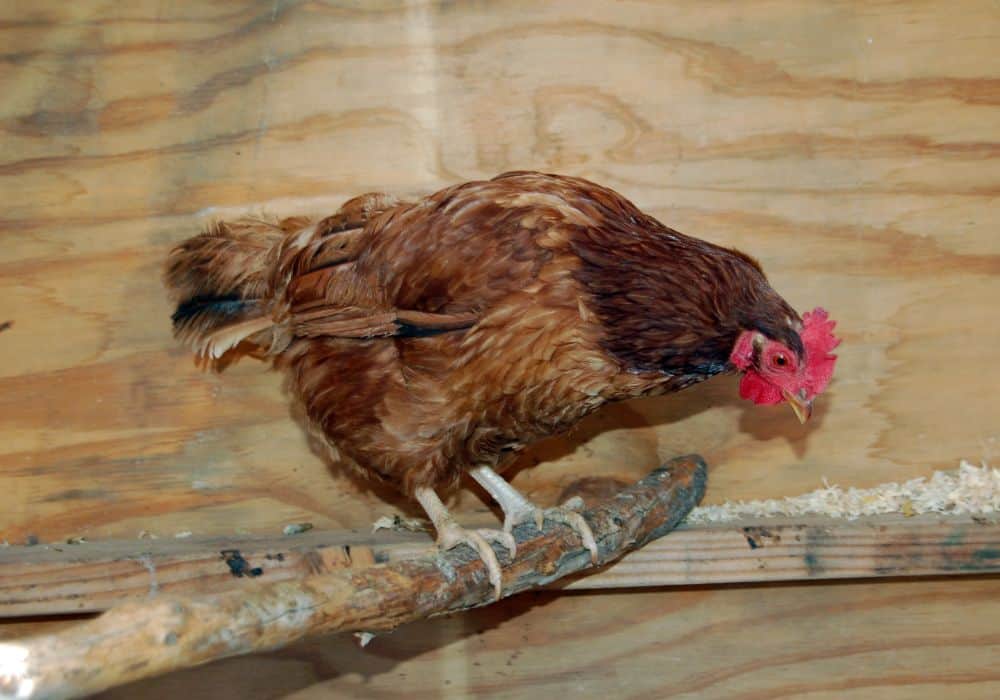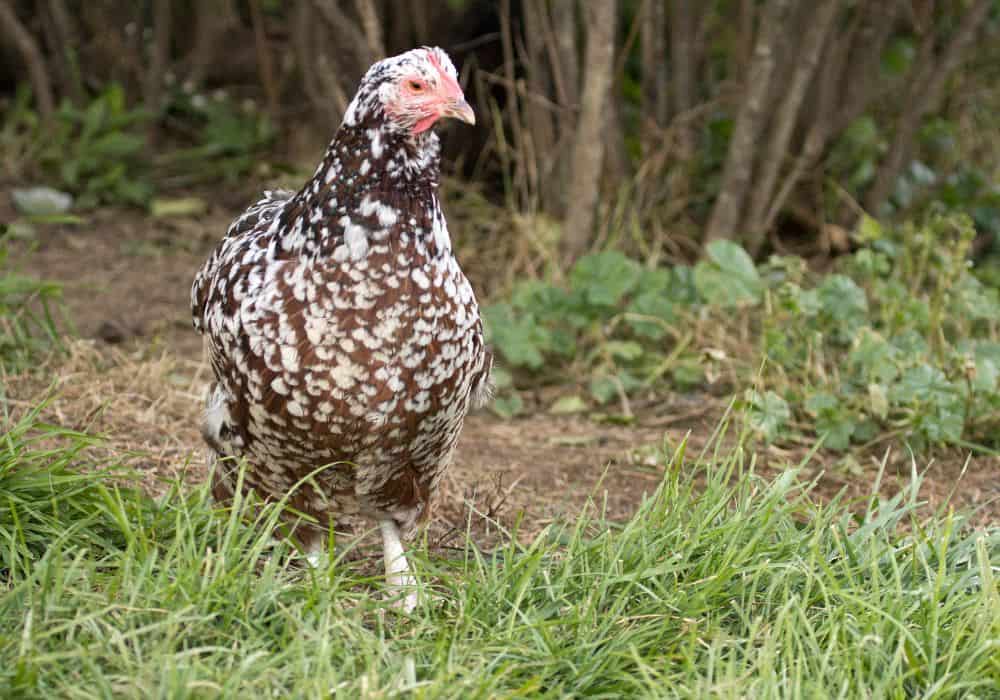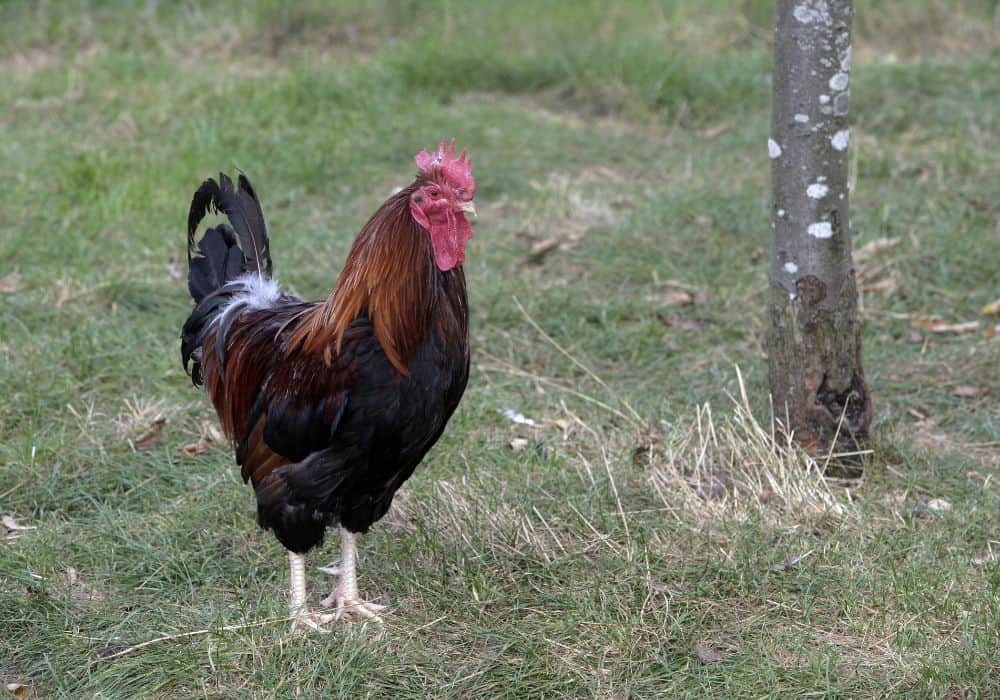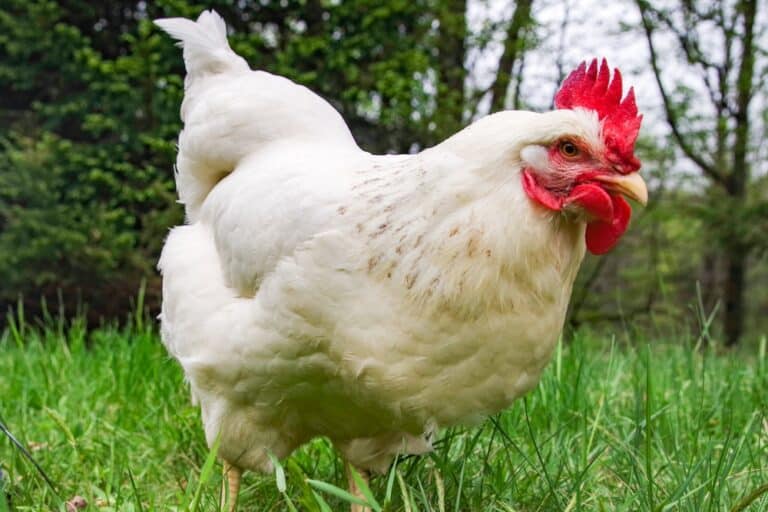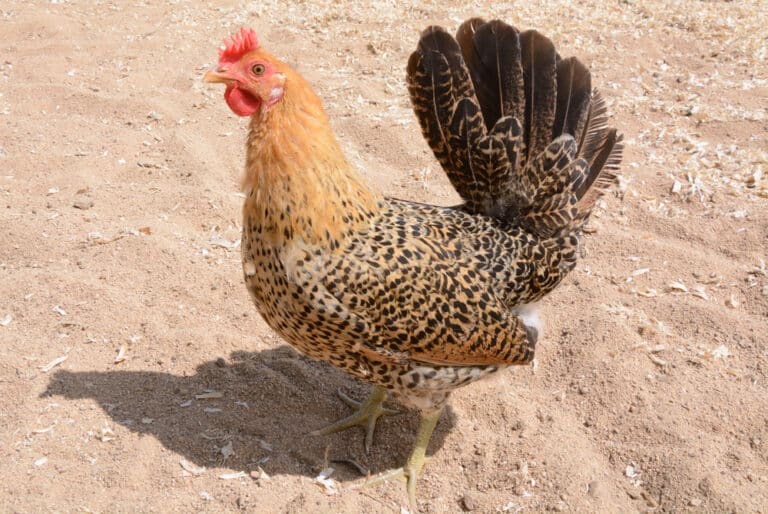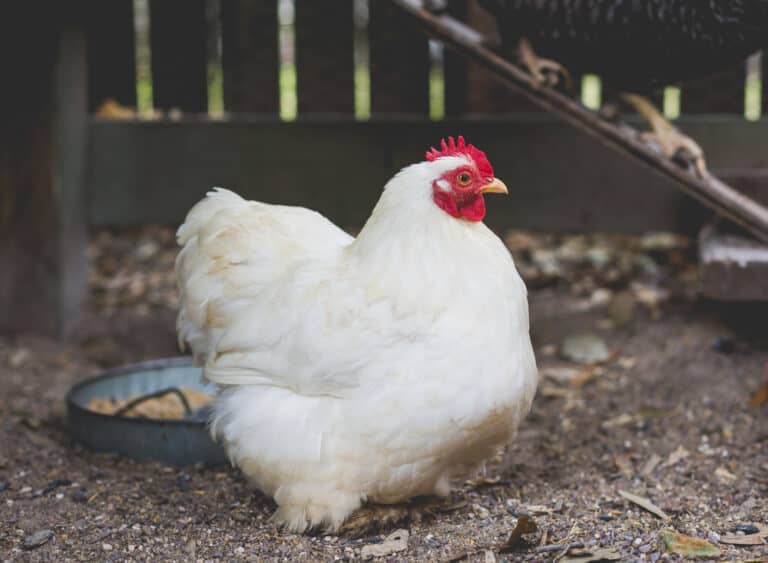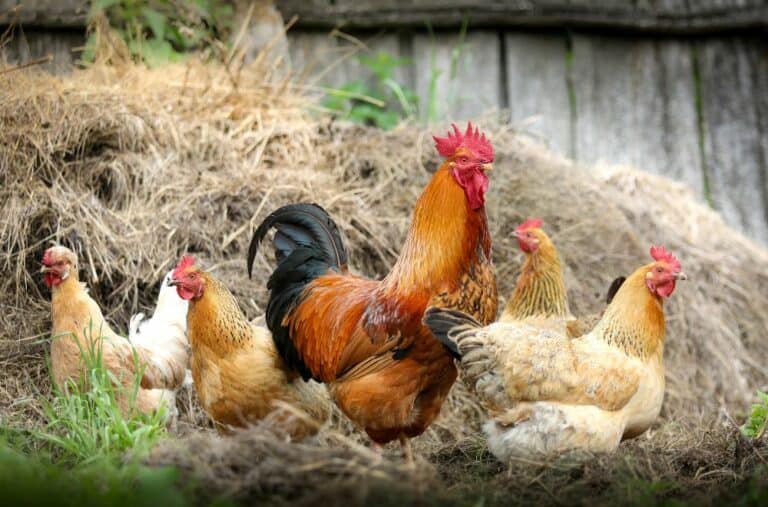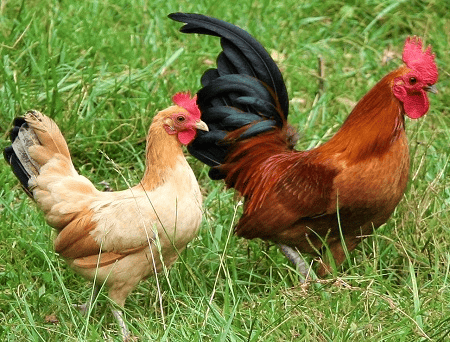If you are interested in keeping chickens, you may have had people recommending heritage chicken breeds to you. But what exactly are heritage breeds and how are they different from other types of chicken breeds?
To have your questions answered on heritage chicken breeds, continue reading this article. You will find information on what heritage breeds are, how they differ from commercial breeds, and why it is important to keep heritage breeds alive. We have also included a list of popular heritage chicken breeds.
What is a Heritage Breed?
As the word heritage suggests, chickens that come from heritage breeds have been around for a long time. To qualify as a heritage breed, the chickens must meet certain criteria. Most importantly, they must be from a line that was developed before the 1950s.
In the United States, the American Poultry Association (APA) monitors chicken breeding to ensure that heritage chickens were sired by chickens that meet the APA’s standards. The APA has been cataloging chickens in America since 1873. Heritage breeds share the following qualities.
Proven Ancestry
To qualify as a heritage, a chicken must come from a proven genetic line, going back several chicken generations. While chicken keepers may breed chickens from heritage hens and roosters in their backyard chicken coops, they will not be considered heritage unless you can prove their ancestry.
Naturally Produced
A heritage chicken will always be the result of natural mating. Furthermore, the mating chickens must come from traceable mating pairs on both parents’ stocks. If the mating was not natural, the chickens will not be qualified based on the standards.
Long and Productive Lifespan
Because heritage chickens are not bred purely for egg or meat production, they tend to have longer lifespans, be healthier, and stay productive longer. A heritage hen can live up to twelve years depending on the breed and keep producing eggs for 5-7 years. A rooster will not live quite as long, up to five years for most heritage breeds.
A Slow Rate of Growth
A heritage chicken takes several weeks to mature and begin egg production. The exact number of weeks depends on the breed, but generally, it will be sixteen to twenty weeks. This slow rate of growth means they have a strong skeleton and healthy organs before they develop muscle mass and begin laying eggs.
How Are Heritage Breeds Different From Commercial Breeds?
Other than the age of the breed, there are other key differences between heritage and newer, commercial breeds. Heritage breeds will mature slower and live up to twelve years compared to an average of three years for commercial breeds.
While a heritage hen will lay fewer eggs per week, it will continue laying eggs for longer. A commercial hen will lay an egg per day for the first two years after which most of them will produce far less.
Many heritage breeds are dual-purpose breeds, meaning that they are good for both eggs and meat, whereas commercial breeds have been bred for either egg or meat production. They might struggle in backyard conditions and foraging for food, while heritage breeds thrive in free-ranging conditions.
Why Keep Heritage Chicken
When you choose to keep heritage breeds, you are helping to preserve many of the older breeds. Without backyard chicken keepers many old breeds would have died out as they are not ideal for commercial purposes. Besides conservation, there are several other reasons to choose heritage breeds.
They Will Give You Meat and Eggs
When heritage breeds were developed, people needed chickens that would give them plenty of eggs and then later in life, meat. While not all heritage chickens are dual-purpose breeds, you are more likely to find a dual-purpose chicken among them than among newer breeds, many of which are hybrids bred for meat or eggs.
You Get Eggs for Longer
Each of your heritage chickens will keep laying eggs for longer because they live longer. This gives them more productive years. While a new hybrid hen will lay more for the first two years, a heritage hen will be a reliable egg-layers for longer, meaning you can keep the same laying flock for several years.
Good for Genetic Diversity and
The American Livestock Conservancy has a list of breeds that are in danger of becoming extinct and it includes several heritage chicken breeds. The diminishing number of breeds reduces the genetic diversity among chickens. In the US, 90% of all chickens are factory bred and grown with the same genetics.
Heritage Hens Are More Likely to Get Broody
If you are looking to get hatching eggs from your flock, then heritage chickens are by far a more reliable option. Since broodiness is not a quality required in hens grown for eggs or meat, broodiness has been bred out of these chickens. A heritage hen is likelier to be broody, sit on her eggs, and look after her chicks.
Hardier and Better at Foraging
Heritage chickens are hardier than many newer breeds and are built to withstand different climates. When the chickens breed naturally, the parents pass their beneficial traits to the chicks, which includes the ability to forage for their food and cope in different environments.
More Choice
Without heritage breeds, the world’s chicken stock will become less varied with a focus on the production of eggs and meat. Heritage breeds come in a range of sizes, colors, and personalities.
There are breeds that can become lap chickens and others that are more independent and love free ranging. The wide range of breeds means chicken keepers can find breeds to suit their circumstances and purposes.
Are Heritage Breeds Better Than New Breeds?
While there are many advantages to heritage breeds such as their longer lifespans, they are not the only option for backyard chicken coops. Some people prefer newer breeds that have been bred for their genetic ability to produce an egg every day. In addition, there are chicken growers that mix both heritage and new chicken breeds.
How to Choose a Heritage Breed
With so many breeds of chicken, it can be difficult to know where to start when picking the heritage chickens for your flock. You may want to stick with one breed or mix breeds together. If you are going with the latter option, you need to choose breeds with similar temperaments to avoid bullying. Below, you will find a list of popular heritage breeds.
Anconas
The Ancona is a hardy and energetic chicken that copes well in colder temperatures and keeps laying throughout the year. They have dark feathers which help them hide from predators. They can be a bit wild at times, prefer a large space for foraging, and are better than average fliers so you will need higher fences for the coop.
Barred Plymouth Rocks
The Plymouth Rocks are another great dual-purpose breed. While the hens are reliable egg producers, more and more people are also raising the Plymouth Rocks as meat birds. They cope well in colder climates and have great personalities.
Black Australorps
These birds are known to lay five eggs on average per week. They also have a long egg-laying life. They are good in a range of climates and are friendly chickens who tolerate children and attention from them really well. They enjoy free ranging but will also cope in smaller yards.
Black Minorca

The Black Minorcas are popular chickens because of their beautiful appearance and their foraging ability. They produce one large white egg at a time, which is among the largest chicken eggs. They can adapt well to smaller spaces.
Brahmas
The Brahmas are great chickens and of the largest heritage chicken breeds. They are good dual-purpose birds because of their size. They will also give you eggs in the winter while many other breeds will stop egg production. However, they may lay fewer eggs during the darkest months. On average, you will get three eggs per week.
Buff Orpingtons
The Buff Orpington is a popular breed because the chickens are hardy, practical, and large, meaning they are easy to look after. They will give you large brown eggs pretty much all year round as well as being a good source of meat. However, despite their dual qualities, the Orpingtons were in danger of extinction until 2016.
Delawares
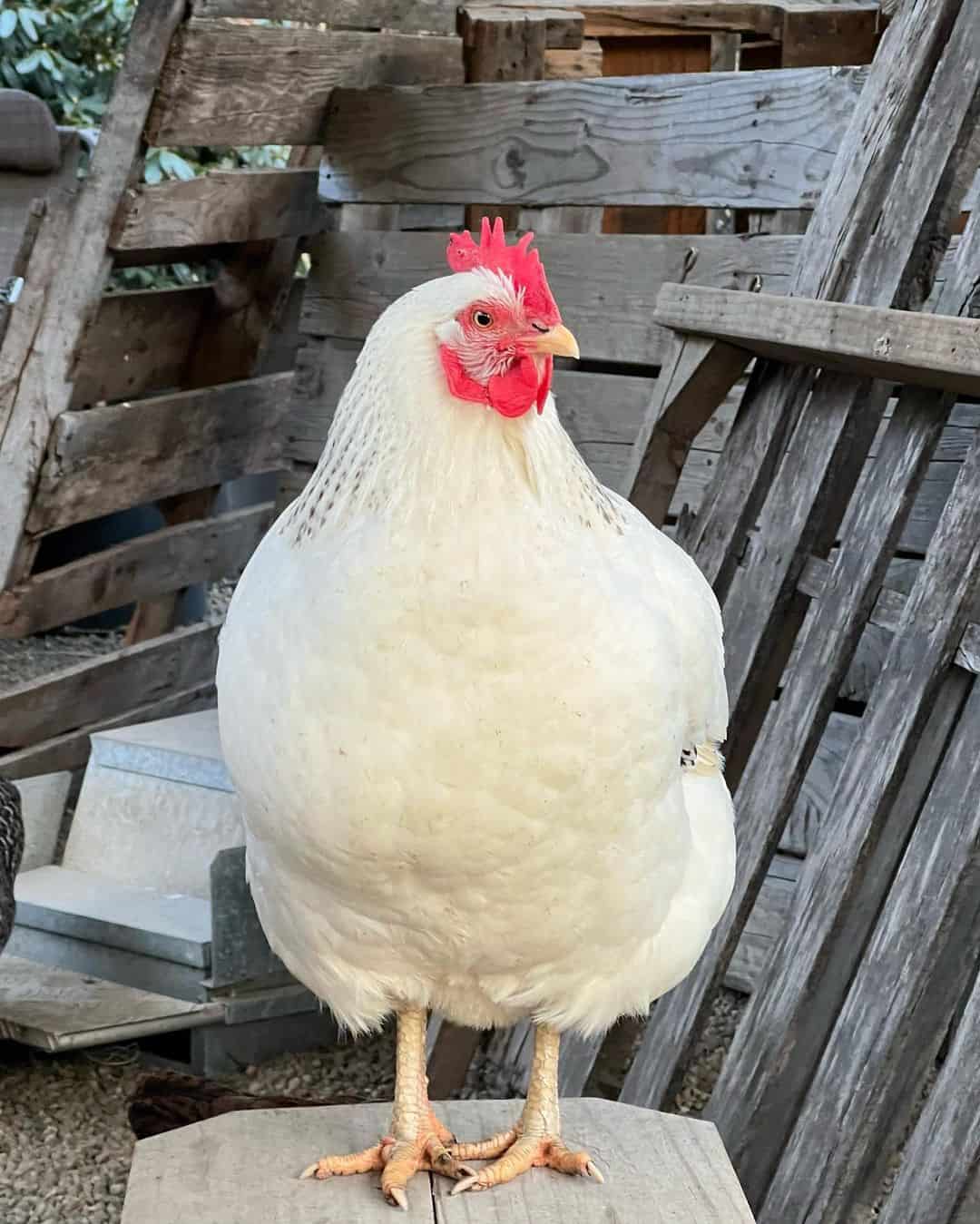
The Delaware chickens were first bred in America. They were initially developed as an eg- producing breed. However, it is also an excellent meat bird. People who have small homesteads are making this breed more popular again and it is a great choice for anyone looking for a self-sufficient and sustainable lifestyle.
Hamburgs
The Hamburg chickens are suitable for people who want an active and highly alert breed. They prefer to roost high up, in trees if possible. They are great egg producers and will keep giving you eggs for several years. This is a robust and hardy breed that is not best suited for confinement.
Langshans

The Langshan chickens have long legs, which makes them a tall chicken breed. They are experts at foraging and like to roam free. However, they will adapt to confinement, too. Langshans are kept for meat as well as eggs because of their stocky bodies.
Leghorns
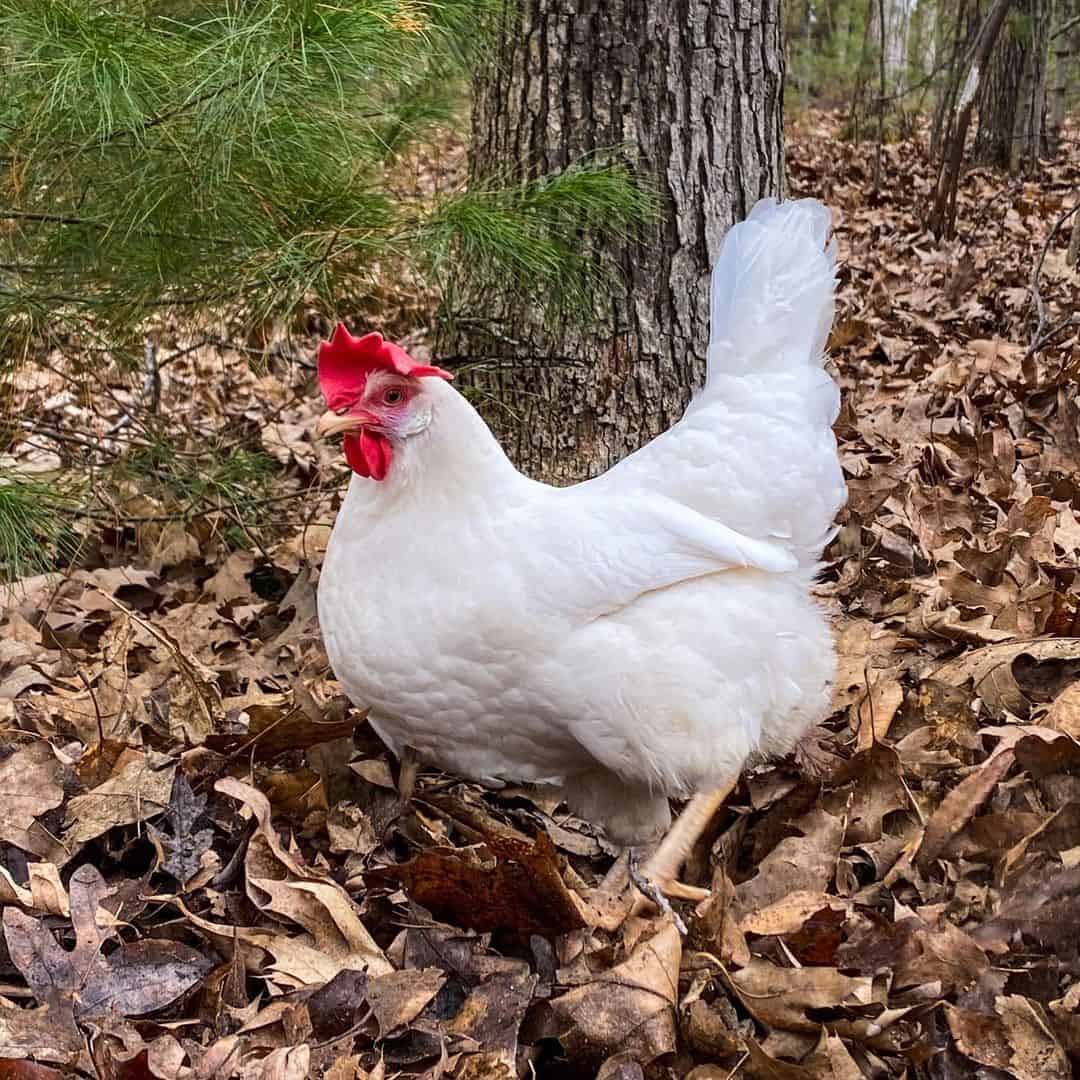
The Leghorns are great egg layers. They love to free-range and are not best suited to small backyards. They are also not the best choice if you have children as they don’t like being picked up or petted. However, if you have the space to let them roam free and want chickens that are self-sufficient, then Leghorns are a good option.
Polish Chickens
The Polish chickens are one of the most unique-looking chicken breeds around. They can be easily identified from the crest of feathers on top of their heads. The Polish chickens are persistent egg layers. They can sometimes get flighty if the crest is impairing their vision.
Rhode Island Reds
The Rhode Island Red is a robust chicken with a good personality and long egg-producing life. You will get between four and six eggs per week from Rhode Island Reds. They love to free range and prefer roaming free rather than confinement.
Silver Campines
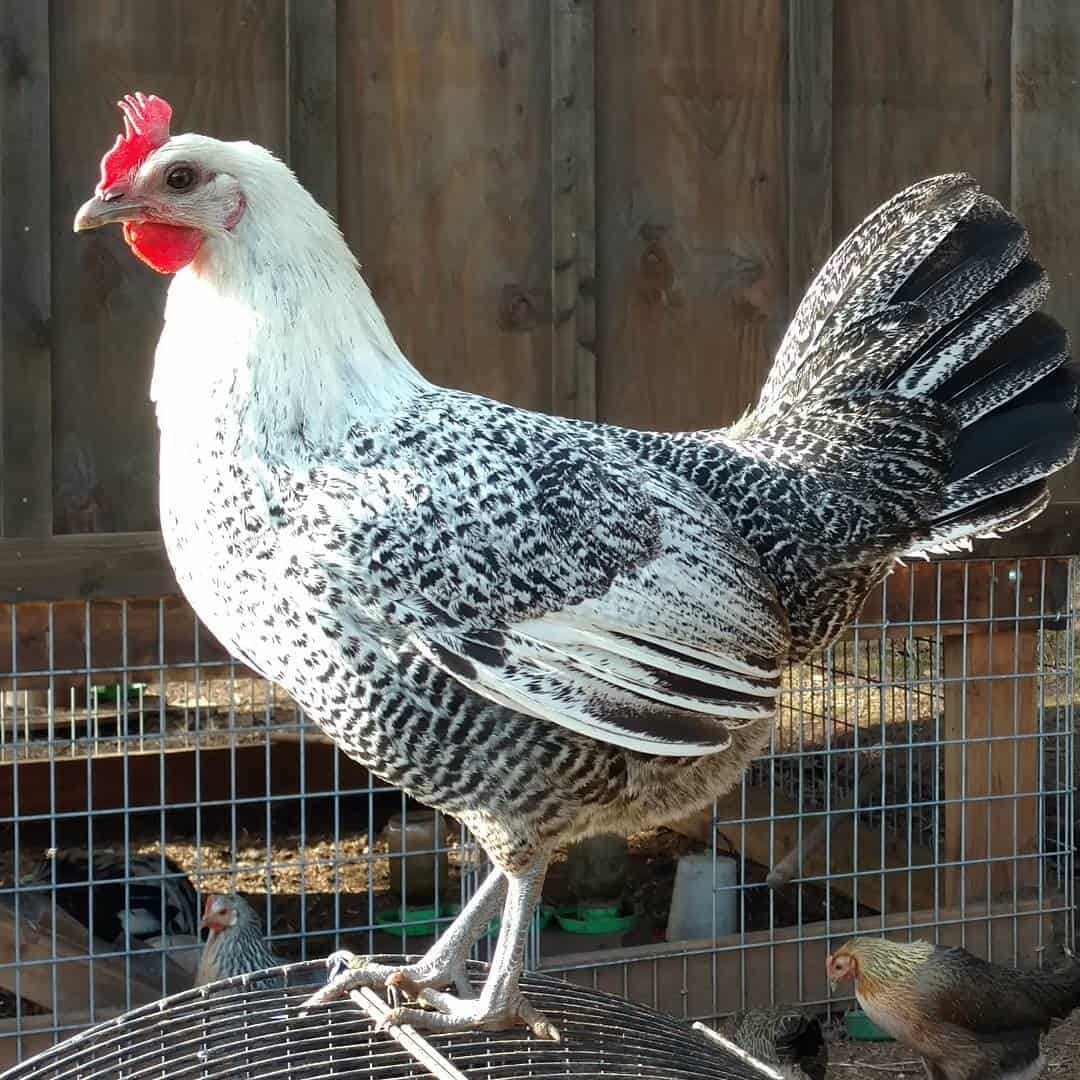
The Silver Campine was dropped from the APA standard breed list in the late 1800s because it was not popular in the US. However, they have long since regained their popularity once their hardiness was improved through breeding. They are not the most prolific egg producers but will give you on average four eggs per week.
Speckled Sussexes
The Speckled Sussex, which originates from England is also a dual-purpose chicken. It will give you brown eggs throughout the year but will also yield plenty of meat. The Sussex chickens are intelligent and amazing at foraging. They also really enjoy human company so they make great pet chickens, too.
Welsummers
The Welsummer chickens are a Dutch breed popular because of their calm and friendly temperament. They are intelligent and will give you approximately 160 eggs in a year. These dual-purpose chickens are best suited for chicken keepers who can give these active birds the freedom to forage freely.
Conclusion
Heritage breeds are chicken breeds that were created before the mid-20th century. They need to meet certain requirements to qualify as heritage chickens, which are often hardier and longer-living than newer breeds.
By keeping heritage chickens, you are likely to get hens that are reliable egg producers for several years and many are also good for meat, too. They are often hardier than their newer cousins and will thrive in backyard chicken coops. With so much variety among heritage chickens, you can easily find a breed suited for you.
If there is anything you would like to ask about heritage breeds, you can write your questions in the comments box.

